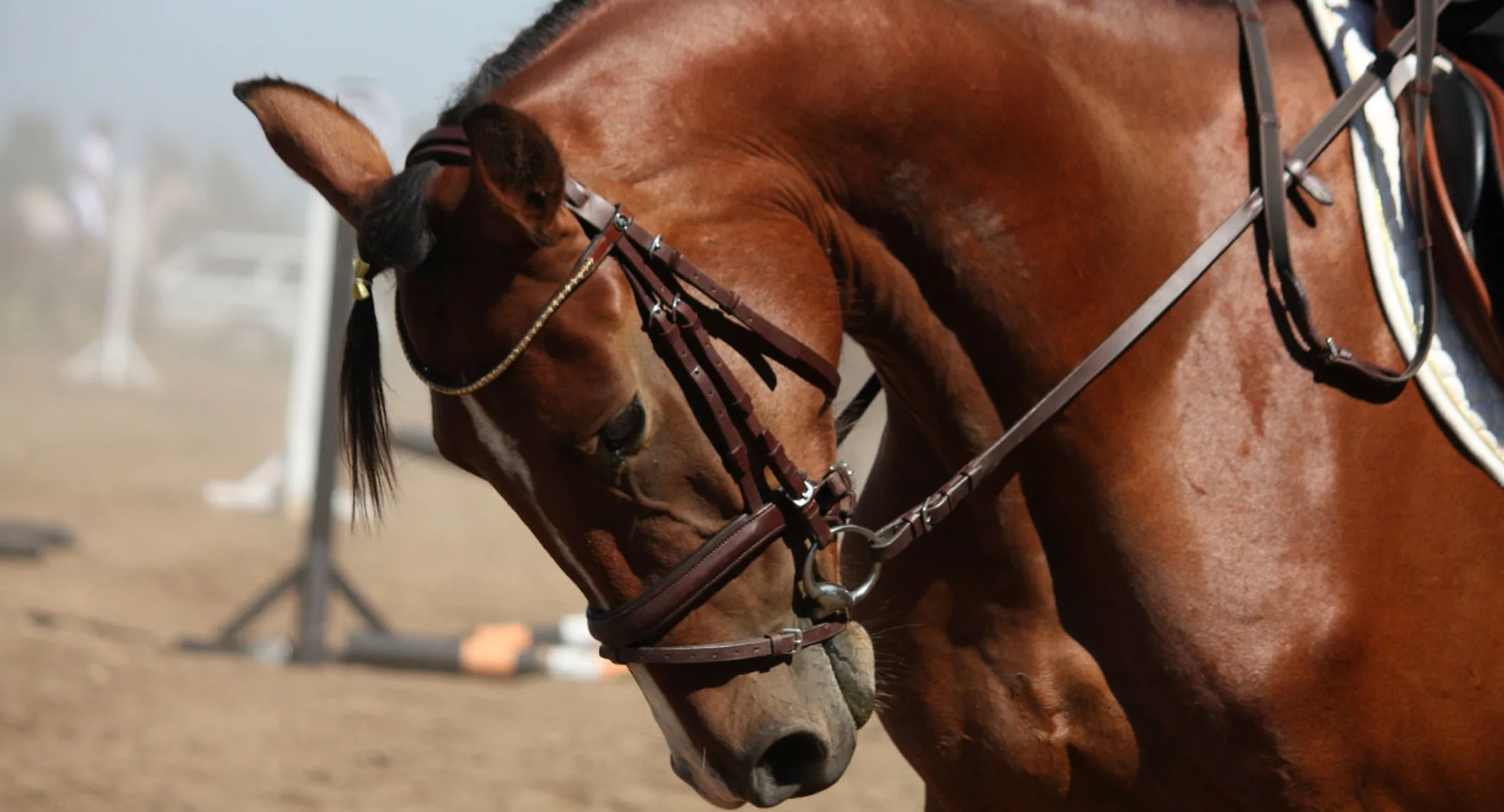Colic Treatment
Equine Resources

TREATING COLIC
“Colic” isn’t a specific illness. “It’s abdominal pain”, according to DeRoy White, DVM, Sapulpa Equine Hospital. “It describes an equine bellyache.” Intestinal problems are the most common cause, but it could also be related to urinary tract, reproductive tract or liver disease, as well as tumors or abscesses.
Having a colic “game plan” will help get you efficiently through the scary period between noticing your horse has colic and when the vet gets there. Successful treatment directly depends on the amount of time that elapses between the appearance of symptoms and the beginning of treatment.
Owners notice the horses are not eating. They seem sluggish and preoccupied or irritable. Note for your vet any recent changes in hay/feed or recent access to pasture (new green grass or round bales put out suddenly); changes in drinking, urinating, or manure; stage in the estrus cycle if the horse is a mare; recent breeding; recent de-worming, medicines, or vaccinations; access to natural water sources such as ponds.
The next warning signal usually observed indicates the horse’s pain level. Some colicky horses will start pawing; standing stretched out as if trying to urinate; glancing or biting at flanks; or wanting to lie down and get up frequently. As severity increases, sweating may appear and the horse may begin to lie down, then roll.
Vital signs can indicate pain associated with colic. The heart rate will increase (normal is 28-44 bpm), and respiratory rate will become rapid with flared nostrils (normal is 8-20 breaths per minute). The color of the horse’s gums will change from their usual light pink color to red or purplish/bluish.
The more complete picture of your horse’s health you can provide, the better the chances for correct treatment.
After assessing the horse, your vet will probably prescribe an anti-inflammatory drug. This drug can provide comfort in as little as 15-30 minutes. He will use a stethoscope to listen for gut sounds as an indication of intestinal motility. The next option is for the vet to pass a naso-gastric tube to see if fluid is backing up from the small intestine into the stomach. Drainage of this gastric reflux can ease intestinal pressure. Another diagnostic test is a rectal exam. This allows the vet to palpate abdominal structures to see if they are displaced or distended and further help in the diagnosis. Several laboratory tests can be of immediate benefit to assess hydration and vascular integrity. Your vet may recommend an additional lab test to evaluate abdominal fluid, which can be helpful in diagnosis.
Mineral oil is traditionally used as a lubricant to help relieve impaction and it appears to soften feces. When other vital signs appear stable this treatment along with intravenous (IV) fluids hydrates the impaction to assist the evacuation of the impaction.
Rapid diagnostics are vital to treating a colicking horse properly and quickly for a better prognosis. The decision as to whether a patient is a surgical candidate or not isn’t always easy to make. Factored into the decision is the history of the case, examination of the patient, and consideration of the patient as a surgical risk. Here at Sapulpa Equine Hospital our intensive care units accommodate IV therapy, and 24-hour patient monitoring.
Successful colic treatment depends on early recognition and rapid action. Studies show as little as a 2 hour time delay between the appearance of colic symptoms and the beginning of vet treatment can mean the difference between horses that survive and those that don’t.
COLIC CHECKLIST
Vital Signs: Temperature, Pulse or Heart rate, Respiration, Gum color
Symptoms/Behavior: What is the horse doing? sweating, pawing, rolling, agitated. Try to keep him as calm as possible. Walking him slowly may stimulate gut function. If your horse lies down, let him rest, but not roll.
Food/Water: List any changes in grain, pasture, hay, or water intake. Remove any food and water from stall until told otherwise by vet.
Urine/Manure: Leave passed feces in the stall for the vet to examine. Note any loose or dry stools, frequency and an approximate amount.
COLIC PREVENTION CHECKLIST
Keep your horse’s water clean, fresh, warm in winter, cool in summer, and available at all times.
Use quality feed. Don’t feed on the ground in sandy areas. Change your horse’s diet or exercise level slowly.
Have the vet check your horse’s teeth at least once a year.
Follow the de-worming program prescribed by your vet.
Avoid using excess drugs which can alter the intestinal function, such as Bute paste, which can result in gastric ulcers.
Be aware that inherent physical defects can trap or strangle portions of the intestinal tract, or become strangulated by various tumors which all lead to colic.
